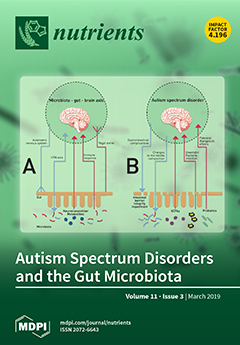We aimed to investigate the effects of a wide range of daily physical activity (PA) levels on energy balance (EB), energy intake (EI), and appetite. Nine young men completed three different PA levels in a metabolic chamber in a random order: (1) no exercise (Low-PA); (2) 25 min walking seven times (Mid-PA); and (3) 25 min running seven times (High-PA) within a 24 h period. Interval exercise (25 min exercise and 35 min rest) was performed three times in the morning and four times in the afternoon. The exercise intensities were 21.6% and 53.7%
O
2 peak for the Mid-PA and High-PA days, respectively. Participants were served three standardized meals and a buffet for dinner. The 24 h EB was calculated as 24 h energy expenditure (EE) minus 24 h EI. The 24 h EEs for the Low-PA, Mid-PA, and High-PA days were 1907 ± 200, 2232 ± 240, and 3224 ± 426 kcal, respectively, with significant differences observed among the three conditions (
p < 0.01 for Low-PA vs. Mid-PA, Low-PA vs. High-PA, and Mid-PA vs. High-PA, respectively). The 24 h EIs for the Low-PA, Mid-PA, and High-PA days were 3232 ± 528, 2991 ± 617, and 3337 ± 684 kcal, and were unaffected by PA levels (
p = 0.115). The 24 h EBs were 1324 ± 441 kcal (Low-PA), 759 ± 543 kcal (Mid-PA), and 113 ± 430 kcal (High-PA), with significant differences observed between Low-PA vs. Mid-PA (
p = 0.0496), Low-PA vs. High-PA (
p ≤ 0.01), and Mid-PA vs. High-PA (
p = 0.017) conditions. The EB in the Low-PA group was the highest of the three conditions. Appetite perception did not differ among the study days, however there was an interaction trend (
p = 0.078, time × condition). Thus, significantly different daily PA did not affect 24 h EI, however markedly affected 24 h EB, implying that EB is not automatically matched during a single day.
Full article






